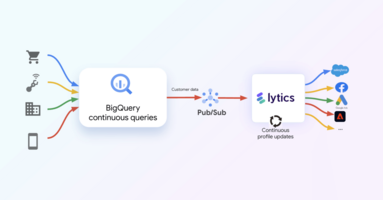In 2024, the digital landscape is undergoing significant transformation due to the phase-out of third-party cookies, which were once central to tracking consumer behavior across various online platforms. This shift necessitates the adoption of new technologies and strategies for maintaining a comprehensive view of consumer activities and preferences.
As companies integrate these new technologies, there's an increased reliance on third-party data to fill the gaps left by the absence of third-party cookies. However, the integration of third-party data presents its own set of challenges and considerations. One of the primary issues is understanding the origins and reliability of this data, particularly when it is based on probabilistic methods, which infer consumer behaviors and traits without direct evidence. This method contrasts with deterministic data based on concrete, verifiable consumer actions or information.
To navigate these challenges effectively, businesses must adopt a dynamic and nuanced approach to data integration. Specifically, they should view the inclusion of probabilistic third-party data as a temporary measure rather than a permanent solution. This approach is particularly relevant in the early stages of the consumer funnel, where the data can be used to broaden reach and fill in gaps in consumer knowledge with minimal risk. However, this data should be applied cautiously, as its probabilistic nature means it is inherently less reliable than deterministic data.





